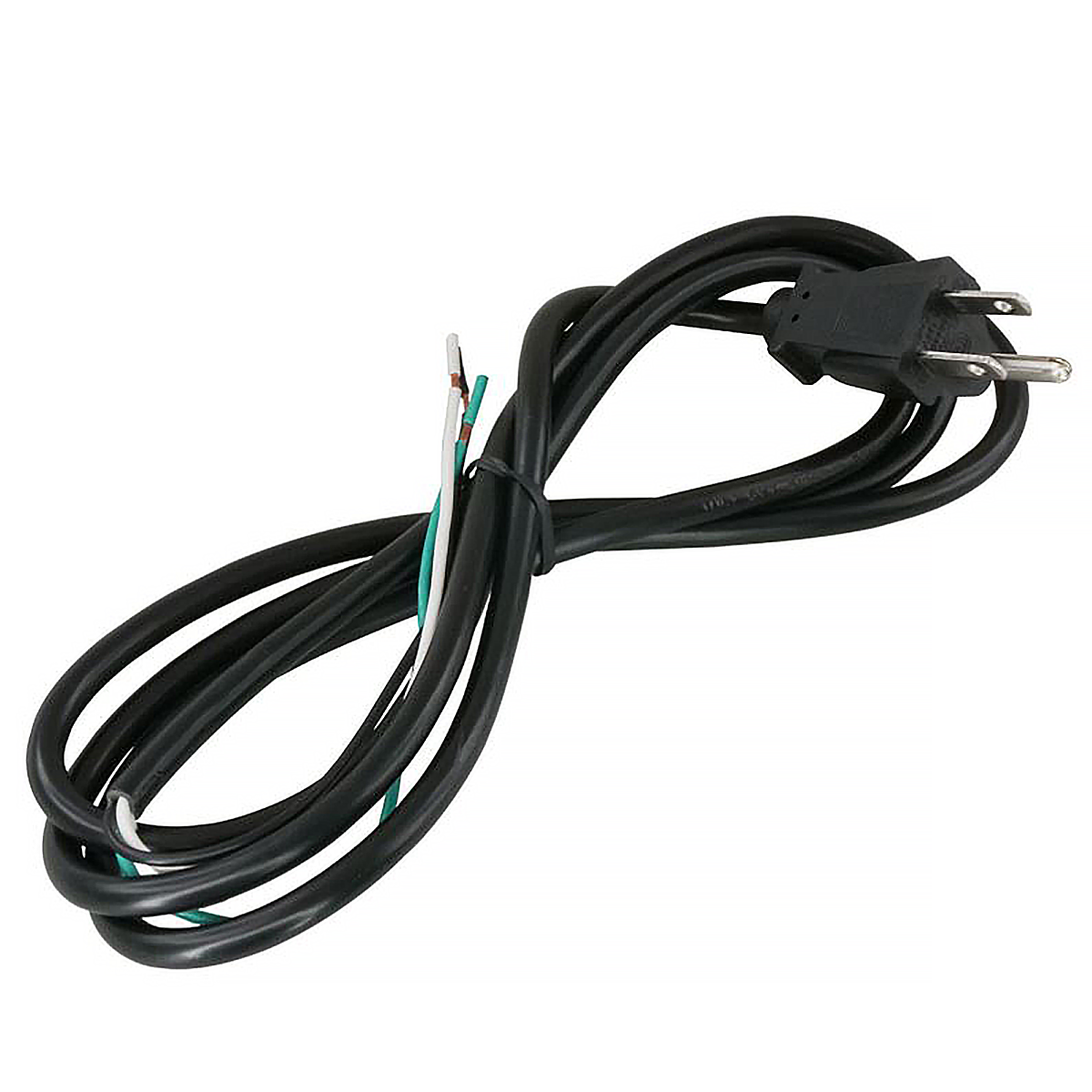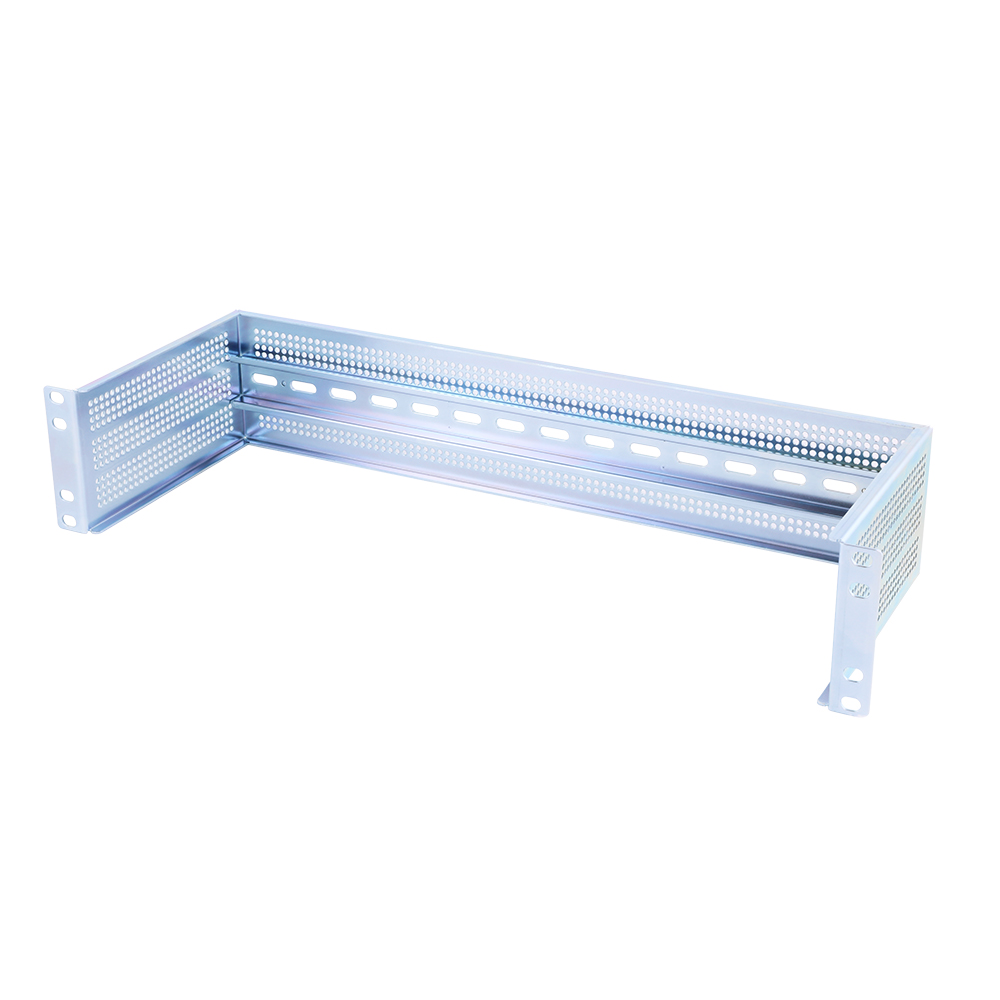INJ-C201G-bt-H-100-24-T
Industrial Gigabit Enhanced PoE++ Injector - 1*10/100/1000Base-T(X) with Enhanced PoE-PSE (H-Type)(100W/Port) and 1*10/100/1000Base-T(X), Booster Version, 9~55VDC; EOT: -40°C to 75°C
$363.00








Overview
Antaira Technologies’ INJ-C201G-bt-H-100-24-T PoE injector is the solution for deploying data and power for a non-PoE switch to an end PD device. This PoE injector is a brilliant low-cost solution when the application requires PoE from a non-PoE data source.
INJ-C201G-bt-H-100-24-T supports low voltage 9VDC model with power booster technology, ensuring full 90W PoE output from 12VDC power input, for better usage in the transportation and automation industry. Moreover, for special applications which require more PoE power from the PSE device, this model also supports Enhanced PoE mode to offer up to 100W to the powered device from a low 24VDC input. INJ-C201G-bt-H-100-24-T with fan-less design boosts PoE for powering high-power devices and is designed for use in multiple applications. It works perfectly in wide temperature from -40°C to 75°C, and undoubtedly is your best option in the industrial market.
Features
- Supports 10/100/1000Tx for PoE & Data Out
- IEEE 802.3af/at/bt Compliant PoE (Special H Type)
- Provide Data and Power over Ethernet to Power Device
- Provides up to 100 Watts on PoE Port
- Provided Power Booster Technologies for Low Voltage Power Inputs
- Redundant 9~55VDC Power Inputs Design
- Dip-Switch Setting for PoE Mode and Dual PD Check
- IP30 Protection
- Operating Temperature Range: -40°C to 75°C
- DIN-Rail or Wall Mountable
- 5-Year Warranty
Download
Included
Accessories
|
||||









